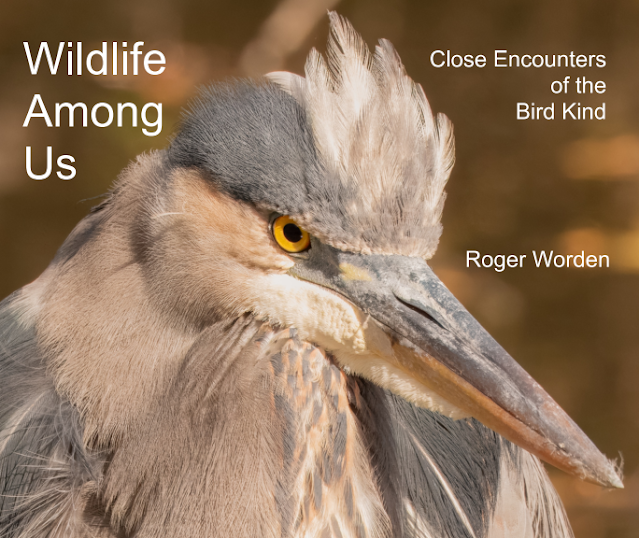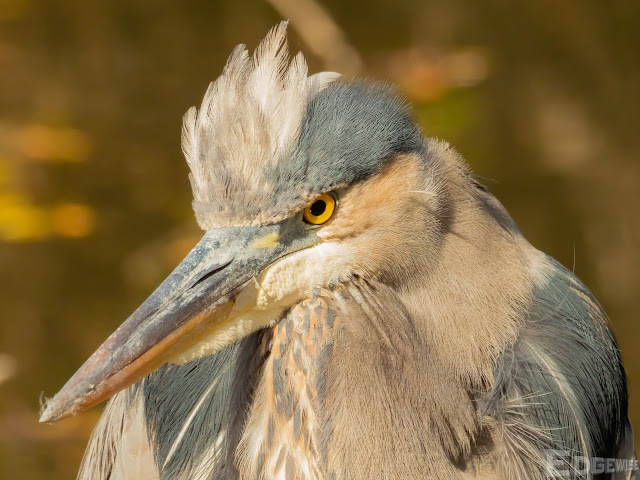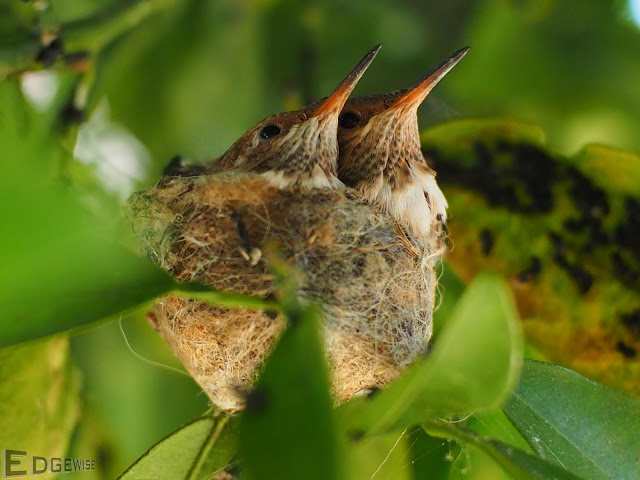Announcing my new photo book Wildlife Among Us

Wildlife exists among and all around us, we just need to look for it and appreciate it. Drawn from 22 locations in 5 states, Wildlife Among Us presents 129 close-up images of 86 species of birds, mammals, and other critters. Nearly all these birds and animals were photographed in or within 10 miles of cities and suburbs. Parks and nature reserves near our homes present great opportunities to view wildlife, and Wildlife Among Us shows what can be found not far from our homes in the American West and Midwest. Living near humans at best requires adaptability, and at worst can mean being hunted to the point of eradication. Wildlife Among Us includes images of eagles, egrets, and whales which have come back from the brink of extinction and are making a comeback virtually in our backyards. This 8x10 softcover photo book on premium paper is now available to purchase on line on Blurb.com through April 30, 2024 for t he introductory price of $68.60. (That's the actual printing cost f





